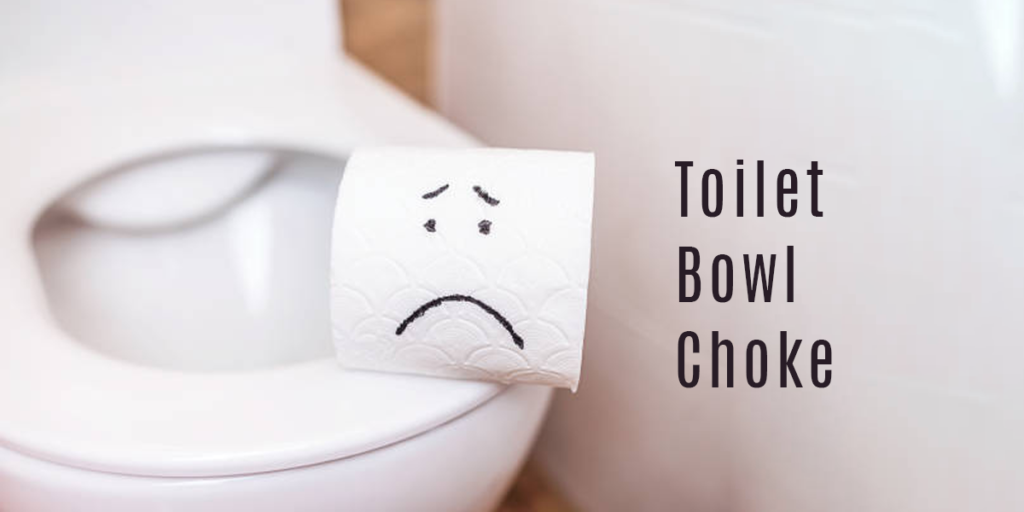
Toilet Bowl Choke
A toilet bowl choke, commonly referred as a toilet clog, occurs when a foreign object obstructs the toilet bowl, impeding its proper functioning. This obstruction can lead to difficulties in flushing, backflow of sewage water flooding the bathroom, or complications in the drainage system. The foreign objects causing the obstruction may include hair, tissues, toilet papers, pads or any insoluble materials that cannot be easily flushed down the bowl. Failing to address or repair the issue promptly not only results in an unpleasant and foul-smelling situation but also poses the risk of significant water outflow, causing potential property damage and health concerns.
Recognizing the signs of a common toilet bowl choke or drainage system complication is crucial. If you are experiencing frequent toilet chokes, it is imperative to identify the underlying cause before it develops into a more severe issue, incurring additional costs.
- Old toilet bowl
- Slow draining
- Blocked plumbing vent
- Sewer line problem
- Preventive Measures
- Regular Maintenance
- Professional Inspection
- Educate Household Members
- Prompt Repair
